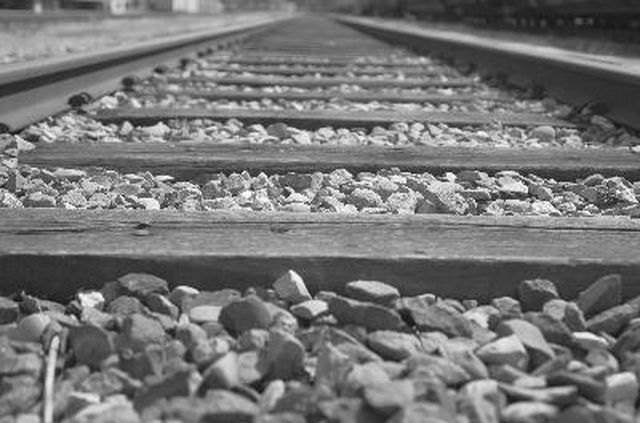Bulbs
Flower Basics
Flower Beds & Specialty Gardens
Flower Garden
Garden Furniture
Garden Gnomes
Garden Seeds
Garden Sheds
Garden Statues
Garden Tools & Supplies
Gardening Basics
Green & Organic
Groundcovers & Vines
Growing Annuals
Growing Basil
Growing Beans
Growing Berries
Growing Blueberries
Growing Cactus
Growing Corn
Growing Cotton
Growing Edibles
Growing Flowers
Growing Garlic
Growing Grapes
Growing Grass
Growing Herbs
Growing Jasmine
Growing Mint
Growing Mushrooms
Orchids
Growing Peanuts
Growing Perennials
Growing Plants
Growing Rosemary
Growing Roses
Growing Strawberries
Growing Sunflowers
Growing Thyme
Growing Tomatoes
Growing Tulips
Growing Vegetables
Herb Basics
Herb Garden
Indoor Growing
Landscaping Basics
Landscaping Patios
Landscaping Plants
Landscaping Shrubs
Landscaping Trees
Landscaping Walks & Pathways
Lawn Basics
Lawn Maintenance
Lawn Mowers
Lawn Ornaments
Lawn Planting
Lawn Tools
Outdoor Growing
Overall Landscape Planning
Pests, Weeds & Problems
Plant Basics
Rock Garden
Rose Garden
Shrubs
Soil
Specialty Gardens
Trees
Vegetable Garden
Yard Maintenance
How to Remove Railroad Ties
How to Remove Railroad Ties. Railroad ties are useful for various home landscaping projects, such as making a retaining wall or a garden, or framing a walking path. Railroad ties are treated with chemical preservatives, such as creosote, which has advantages and disadvantages. The preservatives give railroad ties a great degree of longevity, which...

Railroad ties are useful for various home landscaping projects, such as making a retaining wall or a garden, or framing a walking path. Railroad ties are treated with chemical preservatives, such as creosote, which has advantages and disadvantages. The preservatives give railroad ties a great degree of longevity, which makes them ideal for landscaping projects, but the chemicals present problems when it comes to disposal.
Things You'll Need
Shovel
Crow bar
Heavy rope or chain
Chainsaw
Work gloves
Decide what to do with the railroad ties after you remove them. Old railroad ties can be resold, if they are in good condition, or they can be disposed of at a local waste management site. Determine what your plan of action is. If they are being resold, the ties need to remain whole. If you are disposing of them, call the local waste management site or landfill to inquire about the rules and regulations for used railroad ties. Some sites will accept railroad ties cut into pieces, some prefer them whole and other sites will not accept them because of the chemicals.
Dig out the dirt around the railroad tie. Use a shovel to dig the dirt out all the way around the railroad tie. Railroad ties are very heavy, and over time, they settle into the ground.
Pry the edge of the railroad tie up with a heavy duty crow bar. If the plan is to dispose of the old railroad ties, and the local waste site accepts ties that are cut into pieces, cut the railroad tie into several pieces with a chainsaw.
Attach a chain to the railroad tie and pull it free with a truck or a tractor. If you wish to keep railroad tie in one piece to sell or dispose of, the easiest way is to pull it free with a tractor or truck. The other option is to have several strong friends lift it. Some waste management sites will pick the ties up for you. If you have to take it to the site yourself, you will need a heavy duty pickup truck. Make several trips; be careful not to overload the truck.
Place an ad in the local newspaper or online. It is an easy task to sell your old railroad ties. Railroad ties are popular items with homeowners. Another option is to check with local lumber yards and home supply stores that sell used railroad ties.
Tips & Warnings
Always wear heavy duty work gloves and boots when you are moving railroad ties.
Wear a respirator when you cut railroad ties with a chainsaw so that you don't inhale the chemicals.